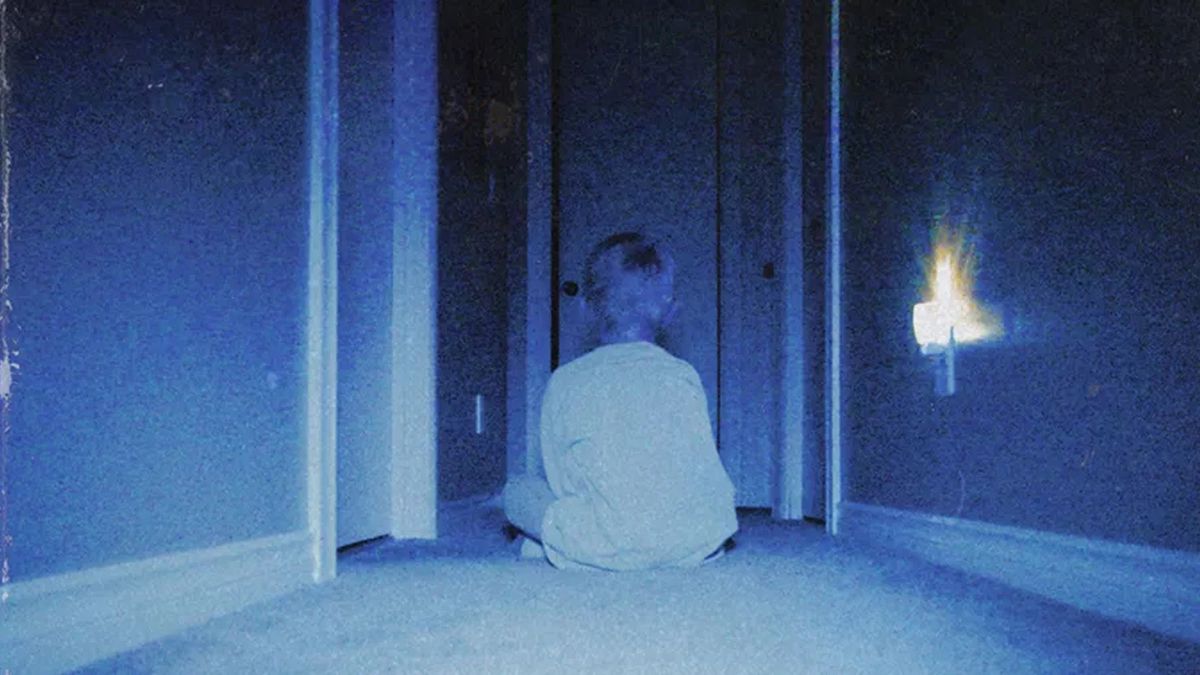By Brittany Snow
Staff Writer
Throughout the years, California has become notorious for large fires. As part of the state’s solution to contain wildfires, they utilized prison inmates that were a part of a volunteer firefighting program ran by the California Department of Corrections and Rehabilitation (CDCR). Although the program may be voluntary, the dangerous risks that the inmates are putting themselves into should allow them to qualify for a firefighting career when their sentencing is up.
In a tweet released by the CDCR on July 31, it was revealed that there were more than 2,000 volunteer inmate firefighters, including 58 youth offenders that were battling wildfire flames throughout California. On average, the states firefighting agency employs up to 5,300 full-time firefighters as well as an additional 1,700 each fire season.
California Department of Forestry and Fire Protection (Cal Fire) trains inmates and pays them $1 an hour in the field, and $2 a day when they are on duty, prompting fears that the financial benefits of cheap prison labor incentivize mass incarceration.
‘‘The pay is ridiculous,’’ female inmate, La’Sonya Edwards, 35, told The New York Times. ‘‘There are some days we are worn down to the core. And this isn’t that different from slave conditions. We need to get paid more for what we do.’’
Using data from the State Controller’s Office, the Sacramento Bee reported that the average pay of non-incarcerated California firefighters across all counties was $134,400, with the inclusion of overtime, incentive pay, and payouts upon retirement. It is startlingly clear that prisoners are being subject to dangerous conditions and wage slavery without acknowledgement or chance of economic mobility in their futures.
Cal Fire-trained inmate firefighters do similar work to any firefighter, working long hours and sleeping in camps. Most build skills in fire fighting by being in the front lines with chainsaws and using hand tools for clearing tinder-dry bush and trees to stop the flames. Inmate firefighters are involved in clearing flood channels, storm drains, and maintaining hiking trails.
“I received academy-level training and certification as a firefighter,” former inmate Amika Sergejev wrote in The Mercury News. “[but I] was legally barred from putting that training to use in my career… I was seen as a convict first and foremost, still hampered by my past mistake long after my debt to society was paid.”
Although promoting the fiscal benefit of inmate fire fighting may be a case for it to remain, by saying that the inmates “build skills in fire fighting” implies that they would be eligible for a position when released. That notion is blatantly false. By denying the eligibility of those who risked their lives to be offered a position in the field after release, fire fighting skills are being wasted and trained individuals are being wronged.

